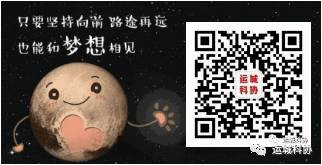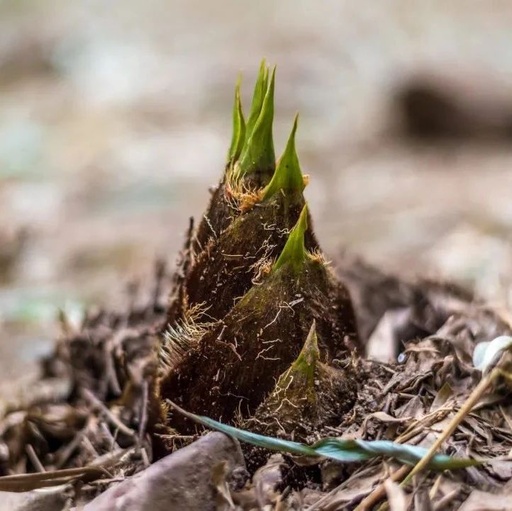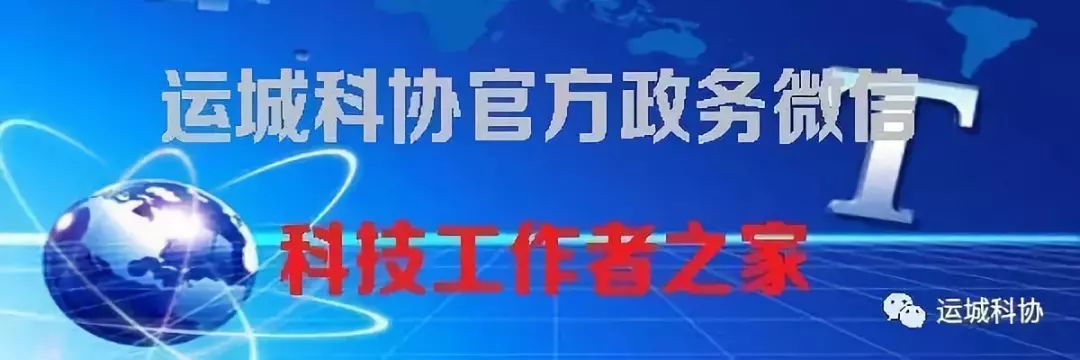
As the saying goes, “As trees age, their roots grow deeper; as people age, they suffer more ailments“.
As we grow older, our constitution gradually weakens, and various minor ailments often emerge silently like bamboo shoots in spring.
For instance, dizziness, headaches, neck stiffness, nasal congestion, numbness in hands and shoulders, bloating, lower back pain, and leg cramps can often be alleviated through some simple Traditional Chinese Medicine (TCM) wellness methods.
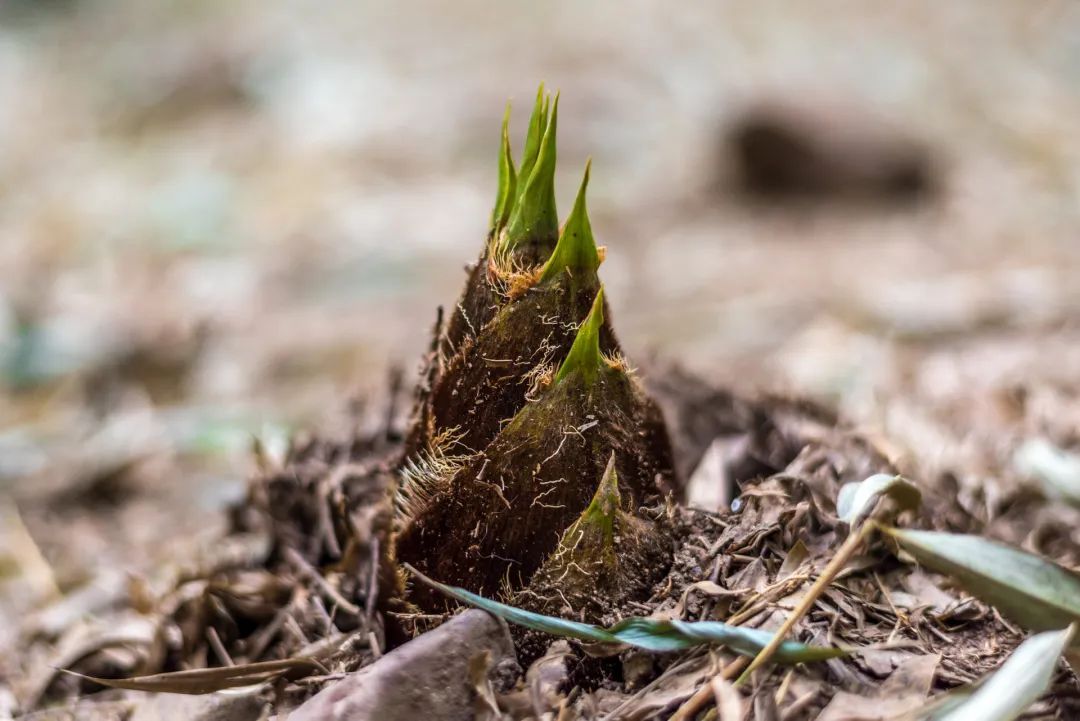
In his work Shang Han Lun, Zhang Zhongjing stated, if we feel heaviness in our limbs, we should engage in guided breathing and massage to prevent obstruction of the body’s qi and blood circulation, thus preventing pathogens from invading further.
As the saying goes, “Flowing water does not rot; a door hinge does not get eaten by worms”, moving things maintain vitality, and this metaphor applies to our bodies as well.
As long as the body’s qi mechanism, which includes the functions of the organs and meridians, is unobstructed, the five organs can harmonize and maintain health, allowing pathogens to naturally dissipate.
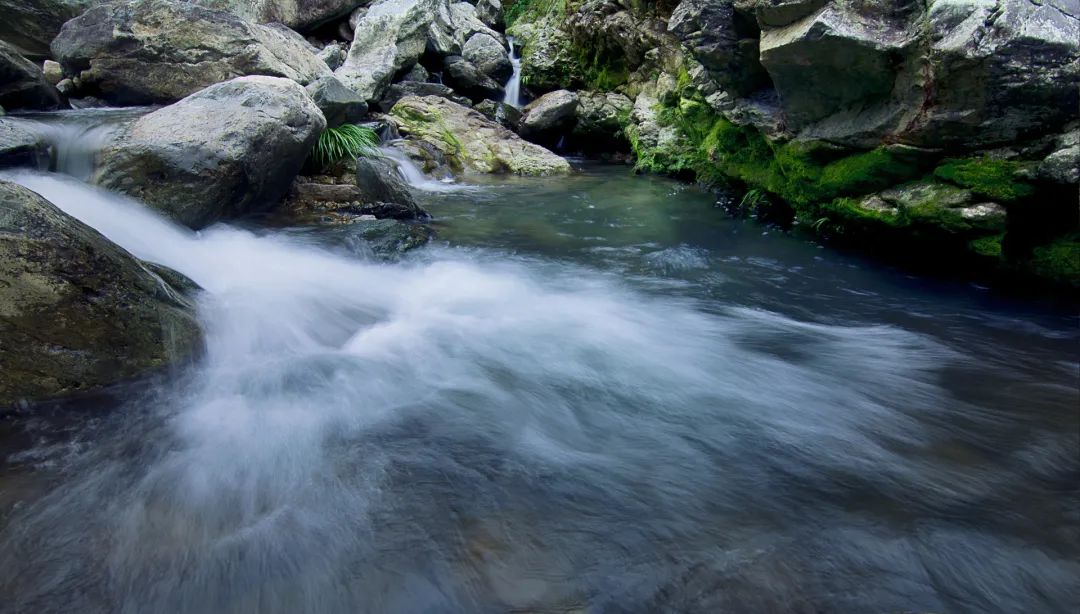
In fact, achieving this is not difficult. Bai Zhu (White Atractylodes) teaches us three exercises, following our nature to nurture our essence, regulating the five organs and unblocking the meridians, allowing pathogens to naturally disappear.

Tap Baihui, where sufficient yang energy dispels all diseases
The Baihui point is located at the top of the head, 5 cun directly above the anterior hairline (the intersection of the line connecting the tips of the ears and the midline of the head).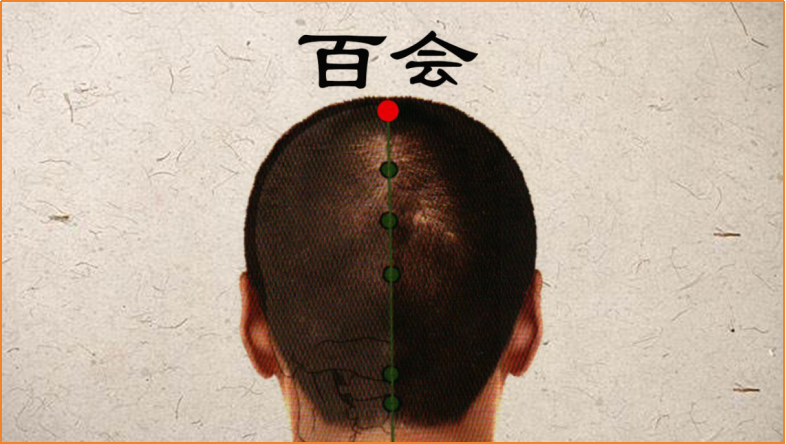 The head is the master of all bodily activities, and its health directly affects other parts of the body.According to the Huangdi Neijing: Suwen: On the Essentials of Pulse, “All yang energies converge at the head, and all essence and qi gather in the brain; the head is the organ of clarity“.This shows that the head is closely related to the entire body, directing the actions of the five organs and limbs through the meridian system.The Baihui point is precisely located at the center of the top of the head, where the Du Mai (Governing Vessel) intersects with the three yang channels of the hands and feet. The Du Mai is known as the sea of yang channels, governing the yang energy of the entire body.In Huiyuan Acupuncture, it is recorded that the Baihui point is “the convergence of the five organs, six bowels, and three yang channels, the meeting point of all meridians“, thus, the Baihui point can be considered the largest yang energy reservoir in the human body.
The head is the master of all bodily activities, and its health directly affects other parts of the body.According to the Huangdi Neijing: Suwen: On the Essentials of Pulse, “All yang energies converge at the head, and all essence and qi gather in the brain; the head is the organ of clarity“.This shows that the head is closely related to the entire body, directing the actions of the five organs and limbs through the meridian system.The Baihui point is precisely located at the center of the top of the head, where the Du Mai (Governing Vessel) intersects with the three yang channels of the hands and feet. The Du Mai is known as the sea of yang channels, governing the yang energy of the entire body.In Huiyuan Acupuncture, it is recorded that the Baihui point is “the convergence of the five organs, six bowels, and three yang channels, the meeting point of all meridians“, thus, the Baihui point can be considered the largest yang energy reservoir in the human body. Regularly tapping the Baihui point not only promotes the ascent of clear yang, harmonizes the meridians, refreshes the mind, and enhances memory, but also prevents and treats neurasthenia, insufficient cerebral blood supply, and insomnia.Technique for Tapping Baihui:Use the palm to directly tap the top of the head, with the palm facing the Baihui point, applying appropriate force that creates a vibration without pain, for 30 to 60 seconds each time, until the head feels slightly warm; morning tapping is more effective.
Regularly tapping the Baihui point not only promotes the ascent of clear yang, harmonizes the meridians, refreshes the mind, and enhances memory, but also prevents and treats neurasthenia, insufficient cerebral blood supply, and insomnia.Technique for Tapping Baihui:Use the palm to directly tap the top of the head, with the palm facing the Baihui point, applying appropriate force that creates a vibration without pain, for 30 to 60 seconds each time, until the head feels slightly warm; morning tapping is more effective.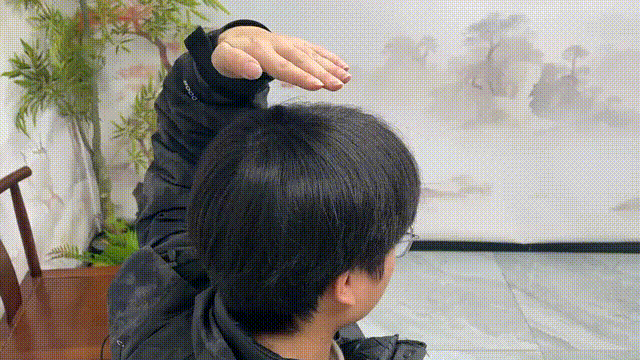 1. Improve Dizziness and HeadachesBy tapping the Baihui point, one can regulate the body’s yang energy, allowing qi and blood to gather, thus improving insufficient cerebral blood supply.This will significantly alleviate dizziness symptoms, and nasal congestion may also improve, with some individuals feeling their eyes brighten and their minds become more agile.
1. Improve Dizziness and HeadachesBy tapping the Baihui point, one can regulate the body’s yang energy, allowing qi and blood to gather, thus improving insufficient cerebral blood supply.This will significantly alleviate dizziness symptoms, and nasal congestion may also improve, with some individuals feeling their eyes brighten and their minds become more agile.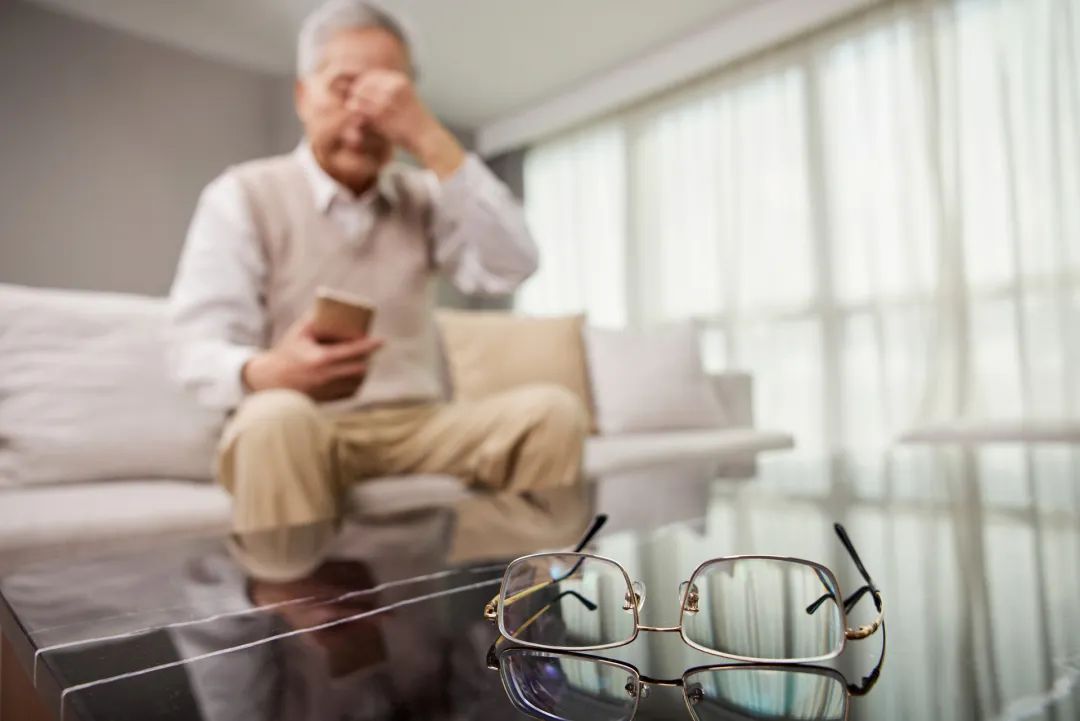 2. Refresh the Mind and Treat InsomniaTapping the Baihui point is like heavenly rain nourishing all things, reactivating the body’s functions, spirit, and will, uplifting one’s mood; thus, frequent tapping of Baihui can also help calm the mind and spirit, and boost vitality.For those who often suffer from insomnia, tapping the Baihui point daily for a period will improve the condition.
2. Refresh the Mind and Treat InsomniaTapping the Baihui point is like heavenly rain nourishing all things, reactivating the body’s functions, spirit, and will, uplifting one’s mood; thus, frequent tapping of Baihui can also help calm the mind and spirit, and boost vitality.For those who often suffer from insomnia, tapping the Baihui point daily for a period will improve the condition.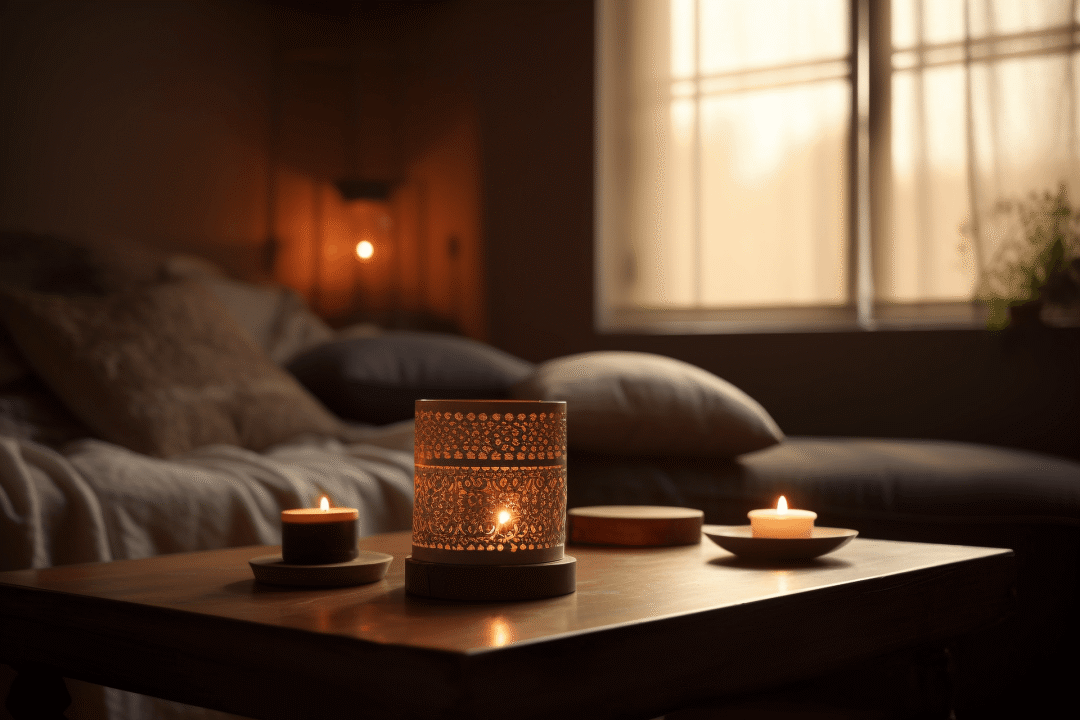 Additionally, regularly tapping the Baihui point has the effect of opening the orifices and refreshing the mind, clearing the head, relieving fatigue, and helping to prevent Alzheimer’s disease and strokes.
Additionally, regularly tapping the Baihui point has the effect of opening the orifices and refreshing the mind, clearing the head, relieving fatigue, and helping to prevent Alzheimer’s disease and strokes.
Abdominal Massage to Regulate the Five Organs
According to the Huangdi Neijing, “Abdominal massage is a key to health“.Abdominal massage has a history of thousands of years in China and is one of the gentler wellness methods, making it suitable for chronic deficiency diseases and diabetes. It may not yield immediate results, but with consistent practice, it can prolong life.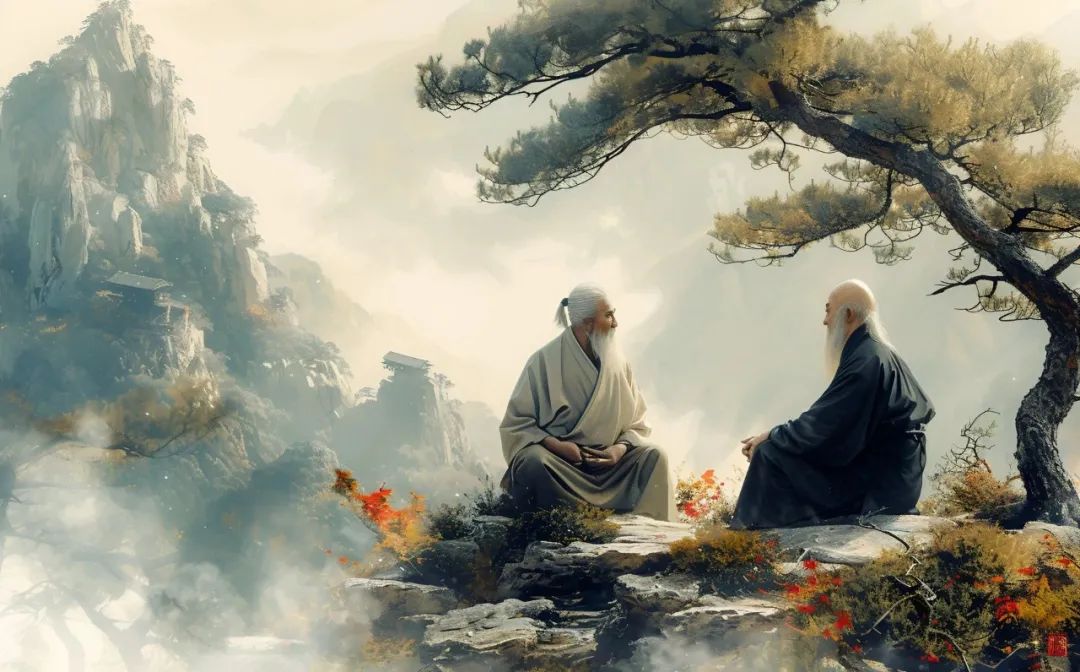 As stated in Li Zheng Massage Techniques, the abdomen is the “palace of the five organs and six bowels, the source of yin and yang qi and blood“. Most of our five organs and six bowels are located in the abdomen, which is also the pathway for seven important meridians.The existence of these meridians makes the abdomen a key hub for the rise and fall of qi and blood, like the body’s crossroads, communicating up and down, regulating left and right; only when this transport hub is unobstructed can the entire body’s pathways remain clear.
As stated in Li Zheng Massage Techniques, the abdomen is the “palace of the five organs and six bowels, the source of yin and yang qi and blood“. Most of our five organs and six bowels are located in the abdomen, which is also the pathway for seven important meridians.The existence of these meridians makes the abdomen a key hub for the rise and fall of qi and blood, like the body’s crossroads, communicating up and down, regulating left and right; only when this transport hub is unobstructed can the entire body’s pathways remain clear.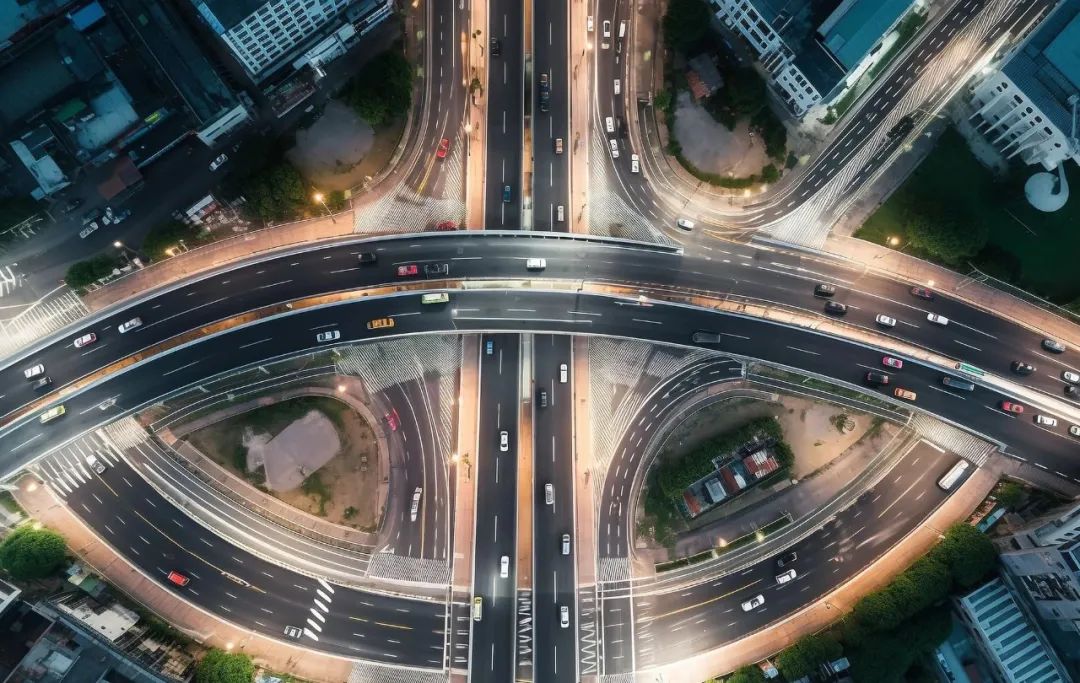 Specific Technique for Abdominal Massage:With palms facing down, place both hands on the abdomen, drawing circles around the navel. If not after a meal, massage in both clockwise and counterclockwise directions for several dozen times; after a meal, massage clockwise for several dozen times.Note thatpregnant women and women during menstruation should use this method with caution.
Specific Technique for Abdominal Massage:With palms facing down, place both hands on the abdomen, drawing circles around the navel. If not after a meal, massage in both clockwise and counterclockwise directions for several dozen times; after a meal, massage clockwise for several dozen times.Note thatpregnant women and women during menstruation should use this method with caution.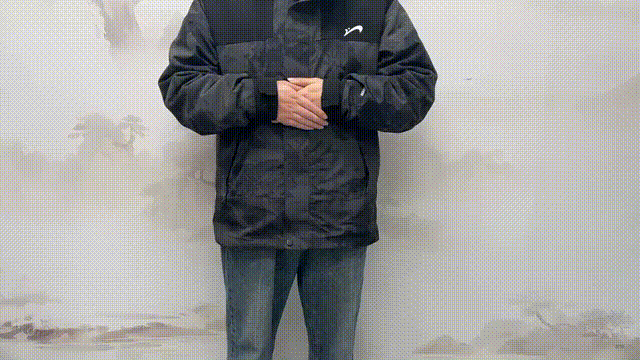 1. Elevate Clear Qi and Reduce Turbid Qi, Alleviate ConstipationAbdominal massage can promote intestinal peristalsis and alleviate constipation. In the morning upon waking, one can massage the abdomen while still in bed, moving in a clockwise direction around the navel.Some people may burp or pass gas during the massage, indicating that qi is elevating and turbid qi is descending, which is optimal.2. Nourish the Essence, Supplement Qi, Nourish Yin and Cultivate YangThere are many important acupoints in our abdomen, including the Guanyuan point, located three cun below the navel, which has the effect of nourishing the essence and solidifying the foundation, benefiting the lower jiao.
1. Elevate Clear Qi and Reduce Turbid Qi, Alleviate ConstipationAbdominal massage can promote intestinal peristalsis and alleviate constipation. In the morning upon waking, one can massage the abdomen while still in bed, moving in a clockwise direction around the navel.Some people may burp or pass gas during the massage, indicating that qi is elevating and turbid qi is descending, which is optimal.2. Nourish the Essence, Supplement Qi, Nourish Yin and Cultivate YangThere are many important acupoints in our abdomen, including the Guanyuan point, located three cun below the navel, which has the effect of nourishing the essence and solidifying the foundation, benefiting the lower jiao.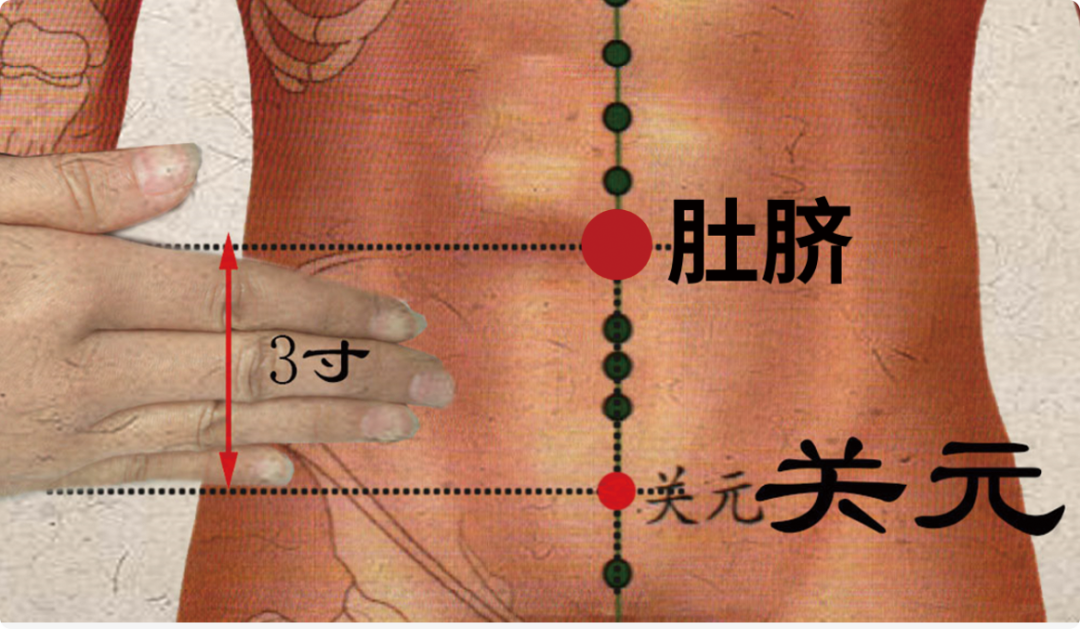 Regularly massaging the abdomen until it feels warm not only warms the abdomen but also stimulates abdominal acupoints, helping to activate the body’s vital energy, replenish kidney qi, and nourish yin and cultivate yang.
Regularly massaging the abdomen until it feels warm not only warms the abdomen but also stimulates abdominal acupoints, helping to activate the body’s vital energy, replenish kidney qi, and nourish yin and cultivate yang.
Stamping Feet to Unblock Meridians and Descend Turbid Yin
The feet are the second heart of the body, where many acupoints connecting to various parts of the body converge.For example, the three yin and three yang channels of the feet intersect at the feet.Thus, although the feet are positioned below, they connect with the entire body through the meridians, functioning to circulate qi and blood, connect the organs, communicate internally and externally, and traverse up and down.Specific Technique for Stamping Feet:Lift one foot off the ground 15 to 20 centimeters, and stamp down forcefully, landing on the entire foot, then switch to the other foot, alternating quickly for about 10 minutes until slightly sweating is achieved.Older individuals should reduce the force and slow down, and those with lower limb joint diseases should avoid this action.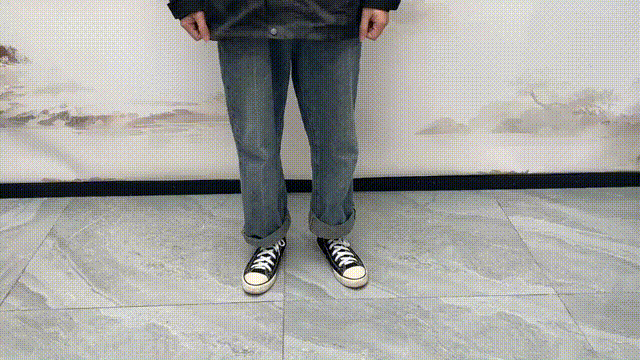 1. Unblock Meridians and Activate Qi and BloodThe soles of the feet have many acupoints; stamping can vibrate and massage these points, allowing qi and blood to flow freely. Massaging the soles is equivalent to massaging many areas of the body.Additionally, frequent stamping can promote blood circulation and unblock the meridians; when the meridians are open, no diseases arise.2. Descend Turbid Yin and Eliminate Stagnation
1. Unblock Meridians and Activate Qi and BloodThe soles of the feet have many acupoints; stamping can vibrate and massage these points, allowing qi and blood to flow freely. Massaging the soles is equivalent to massaging many areas of the body.Additionally, frequent stamping can promote blood circulation and unblock the meridians; when the meridians are open, no diseases arise.2. Descend Turbid Yin and Eliminate Stagnation
This downward stamping action helps to guide turbid qi downward, accelerating the metabolism of fluids and the expulsion of toxins.
Moreover, the Tai Chong point on the sole has a dual function of supplementing deficiency and draining excess; stamping will stimulate this point, helping to calm liver yang and dispel the body’s “stagnant qi“.
Source: Baidu Encyclopedia
Editor: Shanxi Science and Technology Media Group, Yuncheng Branch Editor
